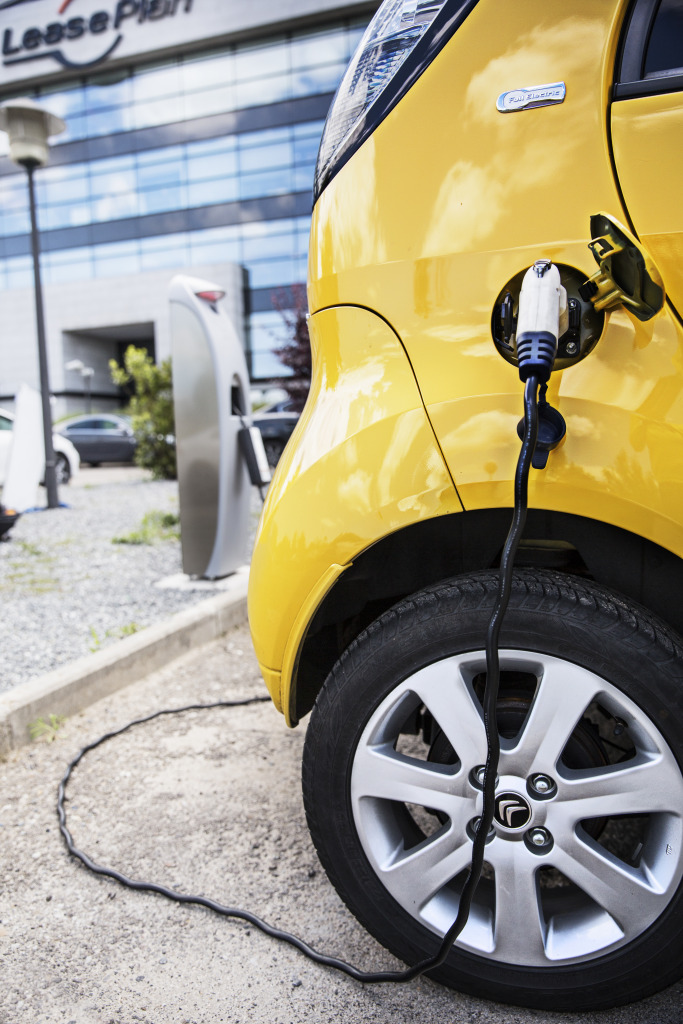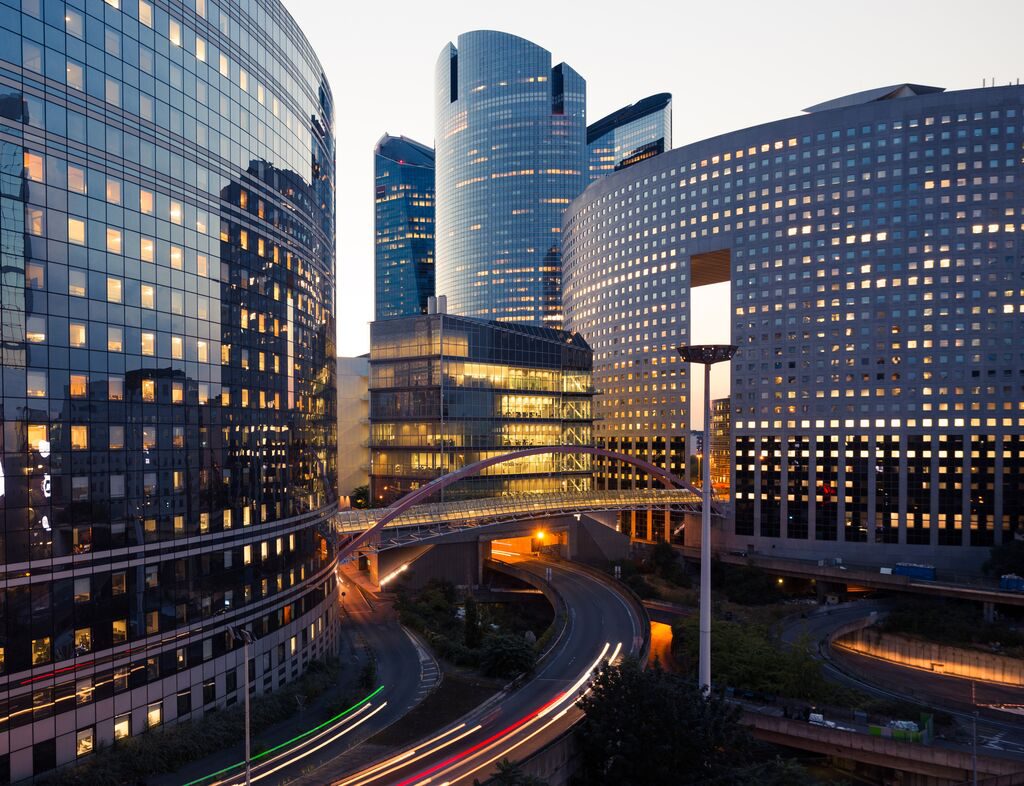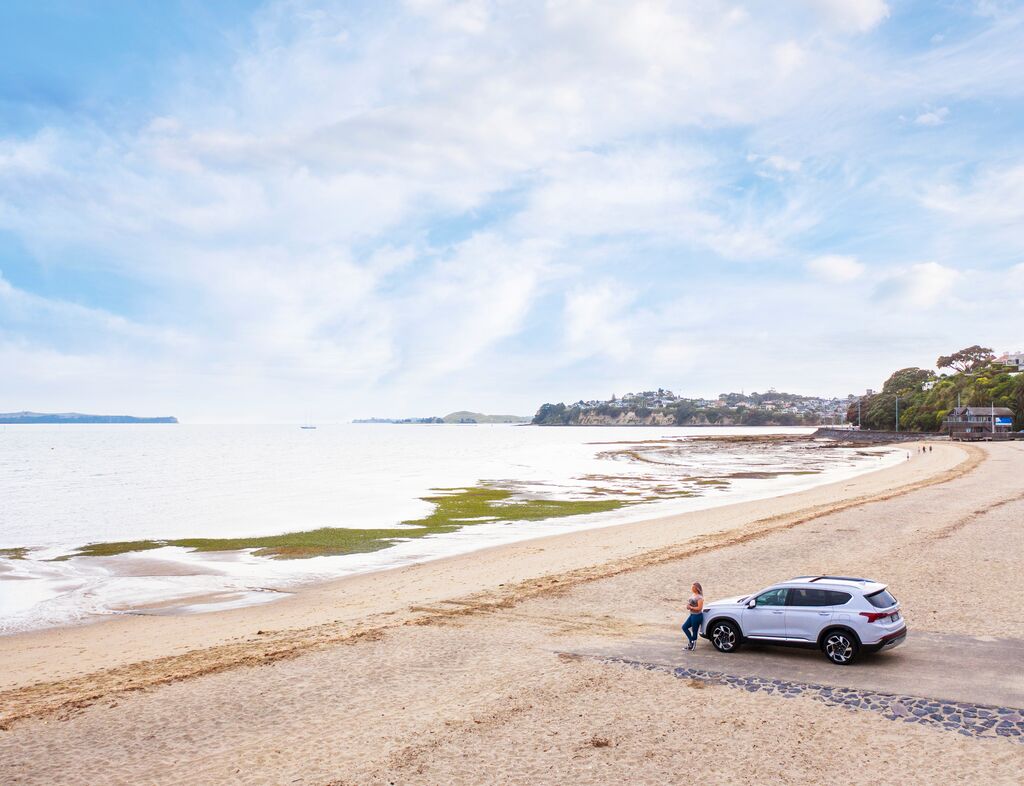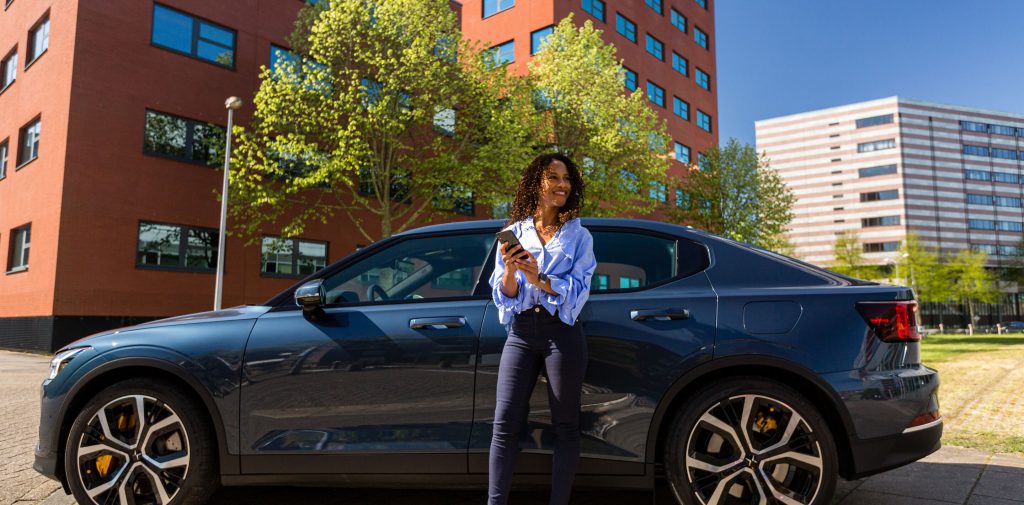In this article we examine how four different factors will influence the cost of your fleet in the coming years. As long as true alternatives to fossil fuel remain elusive, fuel costs will remain volatile and environmental taxations will continue to increase, and so therefore will the cost of mobility. The perceived value of a car is set to increase with technological novelties, appification and smart manufacturing offering made-to-measure vehicles at the same cost. In parallel a shift is expected that will make fleet cost-calculations increasingly complex. So which cost items are likely to impact your fleet the most?
1. Purchase price
At present, Electric Vehicles are still more expensive than an equivalent combustion vehicle, although government grants in many countries lessen the sting somewhat. As the price of batteries drops as a result of technological advances, subsidies may well also be reduced. In order to close the price gap between EVs and combustion vehicles, governments may choose to increase the existing ‘gas guzzler’ tax on the purchase price of large-engined cars. However, the ability to simplify and standardise internal data networks, the falling cost of sustainable materials, and the trend away from bespoke interfaces to appification, should mean that the list price of an average car will, in real terms, stay about the same (even though the capabilities of the vehicles will improve).
2. Fuel costs
Predicting the timescale on which Peak Oil will occur is anybody’s guess (although BMW works on the expectation that it will occur in 2025), but it is clear that extraction costs, political volatility and environmental responsibility taxes will continue to heavily influence fuel prices.
3. Running costs
In contrast to the purchase price, the running costs of vehicles can be expected to increase. Not least in terms of time: routes will need to be planned more carefully to maximise range, and minimise tax and congestion. And new classes of tax will inevitably lead to increased administration. It took several years in the UK for the Congestion Charge to gain an automatic payment mode!
4. Taxation
‘Polluter pays’ taxes are nothing new, but with governments across the EU toying with the concept of satellite-tracked per-mile taxation, the face of motoring could be changed dramatically. Short, polluting journeys will most likely be subject to higher taxes, as will driving in urban centres and congested places. And although alternate fuel vehicles currently receive effective tax subsidies and even Congestion Charge discounts, it is likely these benefits will be eroded.
What does this mean for your fleet?
Firstly, as automotive taxation becomes increasingly complex and interlinked with other aspects of the general tax code, a service that simplifies this presents an excellent opportunity to turn car lease into a tax management benefit.
Secondly, with rising costs and inconvenience making driving in urban and congested areas increasingly frustrating, sole-driver leasing could become a less popular option than car-share leasing. And where there is a need for sole-driver leasing, whether in cities or outside, savings can be achieved by driving fewer miles and seeking cheaper fuel options.
But beware! Fewer journeys will not mean less time spent in the car. Increased congestion will mean that time management and working solutions need to be implemented to make the most of otherwise dead time in the car. The current quiet revolution in connectivity, smartphones and apps will help drivers make the most of that time.




